I'm currently working on comparing objects in different angles for image detection. Basically, I want to know whether the object from image 1 is similar with object from image 2 (% of similarity would be great).
Image1:
Image2:
I have already looked around on the Internet and it seems like ASIFT (LINK) is a great solution. However, when I implement their demo and rerun the demo multiple times with the same inputs, ASIFT gives out different results on matched vertices.
Why does ASIFT give out different results each time I rerun the demo with the same inputs?
PS:
Some comments regarding alternative solutions like ASIFT or SIFT for comparing objects in a different angle (having a more consistent result) would be appreciated as well.

